
Regulatory mechanisms of strigolactone perception in rice
Plant Science Research Weekly, Upcoming Plantae PresentsStrigolactones (SLs), a group of carotenoid-derived small signaling molecules and a class of phytohormones, play key roles in regulating various growth and developmental processes in plants. Additionally, they act as rhizosphere signaling molecules that promote symbiosis with arbuscular mycorrhizal (AM)…
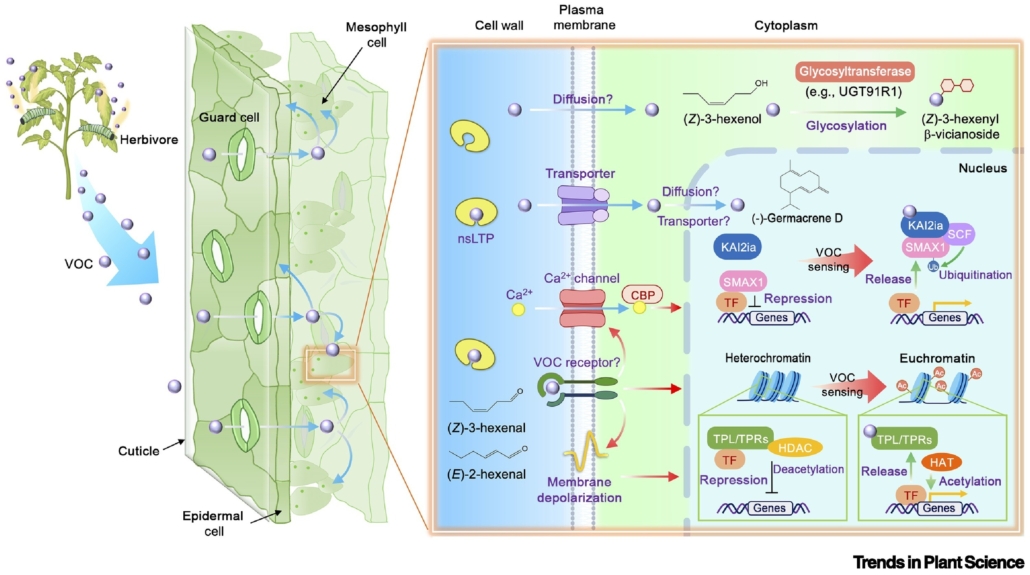
Review: Cracking the plant VOC sensing code and its practical applications
Plant Science Research WeeklyMany studies have demonstrated the importance of volatile organic compounds (VOCs) in communication between plants. VOCs emitted by a plant damaged by herbivory promote defenses in nearby plants. It is thought that these compounds may have originated as intra-plant signals, capable of moving long-distances…
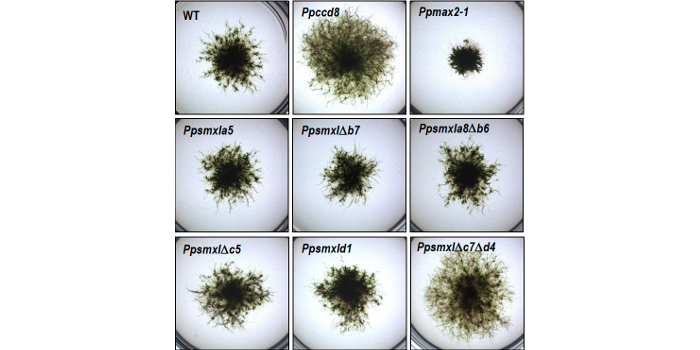
SMXL proteins repress moss growth through a conserved ancestral signaling pathway
The Plant Cell: In a NutshellGuillory et al. explore the role of SMXL proteins in Physcomitrium patens growth.
https://doi.org/10.1093/plcell/koae009
By Ambre Guillory, Sandrine Bonhomme and Catherine Rameau
Background: In flowering plants, several proteins of the SUPPRESSOR OF MAX2 1-LIKE (SMXL) family influence the…

RAF-like protein kinases mediate a deeply conserved, rapid auxin response
Plant Science Research WeeklyThe definition of a phytohormone has not always been clear, though most plant biologists agree that phytohormones can be defined as endogenous molecules capable of triggering signaling cascades and associated responses by binding to specific receptors. They have been extensively studied in flowering…
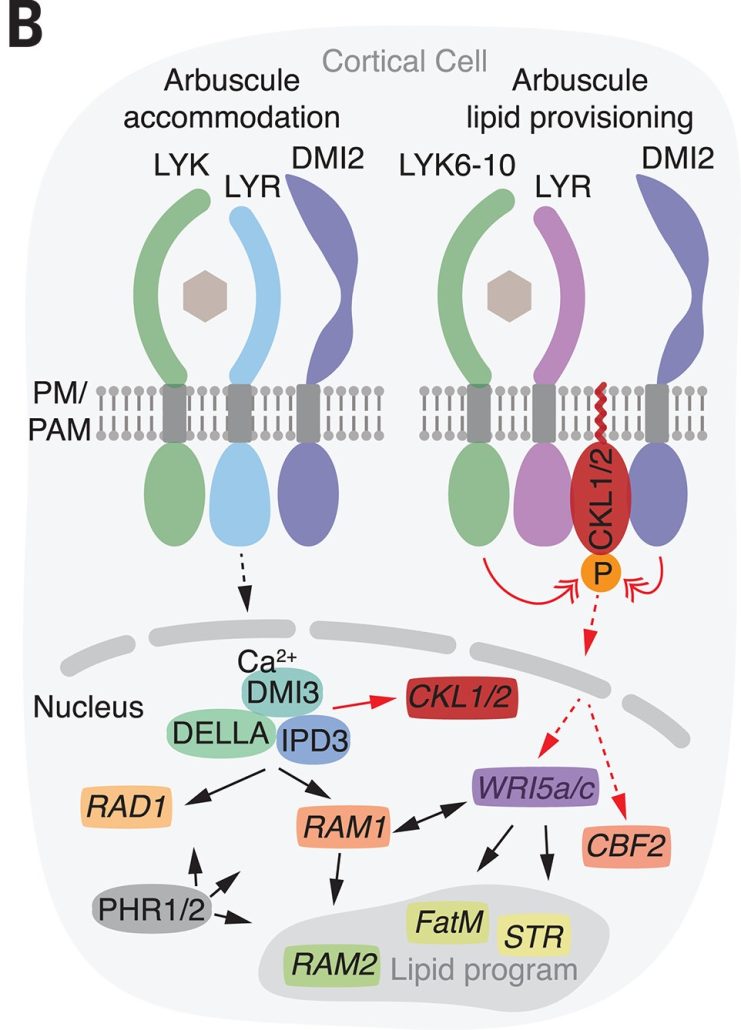
Receptor-associated kinases control lipid provisioning in plant–fungal symbiosis
Plant Science Research WeeklyMost plants benefit from symbiotic associations with fungi, in which the fungi aid in nutrient update particularly of phosphate, and the plant returns the favor by supplying the fungi with lipids. Several but not all of the molecular players required for these important pathways have been identified.…
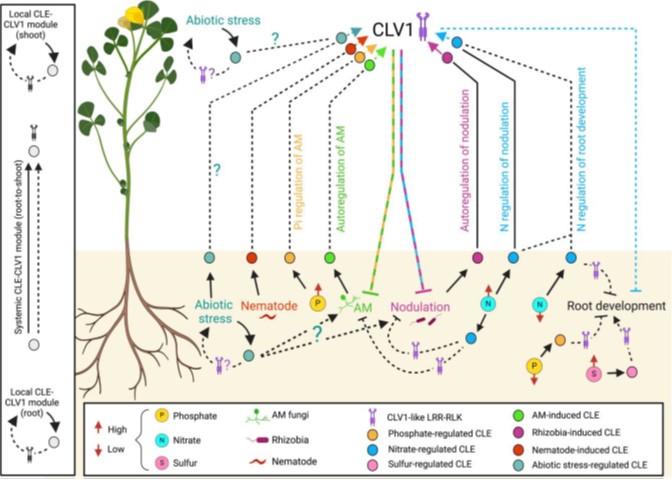
Review: CLAVATA signaling in plant-environment interactions
Plant Science Research WeeklyCLAVATA 3/EMBRYO SURROUNDING REGION-related (CLE) peptides and CLAVATA type receptors have been well charecterized for their role in root and shoot apical meristem maintenance in Arabidopsis. CLE peptides are also referred to as “peptide hormones” for their role in contolling physiological and developmental…

Lateral root branching promoted by ammonia borane-dependent H2
Plant Science Research WeeklyMolecular hydrogen (H2) has been shown to have several cellular benefits, most notably serving as an antioxidant. Its effects in humans and plants have been primarily assayed using hydrogen-rich water (HRW, produced by bubbling H2 into water), but slower, more persistent release of H2 has been demonstrated…
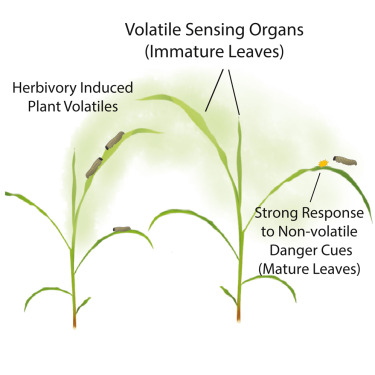
Immature leaves are the dominant volatile-sensing organs of maize
Plant Science Research WeeklyIt’s well established that damaged plant tissues emit volatile compounds that bolster defense responses in nearby plants, but how those neighbors sense these compounds has remained obscure. This new work by Wang et al. reveals some important clues. First, as the title indicates, immature leaves are…
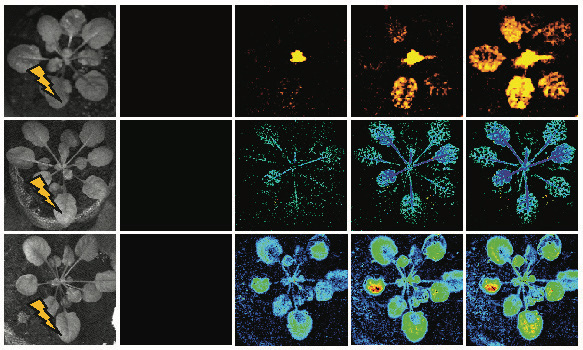
Identification of a plant receptor required for cell-to-cell reactive oxygen signaling
The Plant Cell: In a NutshellFichman et al. identify a key player linking reactive oxygen species and calcium signals (but not electric signals) during responses to light stress. https://doi.org/10.1093/plcell/koac241
Yosef Fichman and Ron Mittler
Division of Plant Sciences and Technology, College of Agriculture Food and Natural…

